Distaclor DT
✅ Fights bacterial infections
✅ Treats respiratory infections
✅ Combats skin infections
✅ Relieves urinary tract infections
✅ Clears ear infections
Distaclor DT contains Cefaclor.
Product Overview
Distaclor DT is a pharmaceutical formulation containing Cefaclor as its active component, a broad-spectrum cephalosporin antibiotic. This medication is primarily indicated for treating various bacterial infections including respiratory tract infections, urinary tract infections, dermatological infections, and otitis media. Its mechanism of action involves inhibiting bacterial cell wall synthesis, thereby impeding microbial growth and proliferation.
Therapeutic Indications
This medication is prescribed for bacterial infections caused by susceptible microorganisms. Clinical applications include management of:
– Respiratory infections (bronchitis, pneumonia)
– Genitourinary infections (cystitis, pyelonephritis)
– Cutaneous and soft tissue infections (cellulitis, impetigo)
– Otological infections (otitis media)
The prescribing physician will determine appropriate therapy based on infection type and clinical severity.
Administration Guidelines
Distaclor DT is formulated as orally dispersible tablets requiring reconstitution:
1. Dissolve tablet completely in water
2. Stir until uniform suspension forms
3. Consume immediately
May be administered with or without meals as directed. Maintain regular dosing intervals to ensure consistent therapeutic blood levels.
Mechanism of Action
The pharmacological activity involves:
1. Binding to penicillin-binding proteins
2. Inhibition of peptidoglycan synthesis
3. Disruption of bacterial cell wall integrity
This bactericidal action renders microorganisms vulnerable to host immune defenses and ultimately causes bacterial cell lysis.
Dosage Protocol
Dosing parameters are individualized based on:
– Infection type and severity
– Patient demographics (age/weight)
– Renal function status
Standard dosing ranges from 250-500mg administered 2-3 times daily. Complete the full prescribed course to ensure microbial eradication and prevent resistance development.
Therapeutic Advantages
Clinical benefits include:
– Rapid symptomatic relief
– Broad antimicrobial coverage
– Reduced infectious complications
– Decreased transmission potential
Effective management of infection-related symptoms promotes faster convalescence and improved patient outcomes.
Adverse Effects
Commonly reported reactions:
– Gastrointestinal disturbances (nausea, diarrhea)
– Cephalalgia
– Abdominal discomfort
These typically resolve spontaneously. Seek medical attention for:
– Persistent symptoms
– Allergic manifestations
– Severe diarrhea
– Hepatic dysfunction
Precautions
Important safety considerations:
– Disclose cephalosporin allergy history
– Exercise caution with gastrointestinal disorders
– Pregnancy/lactation contraindications
– Potential drug interactions
Provide complete medication history to healthcare providers before initiation.
Storage Conditions
Proper storage requirements:
– Maintain at controlled room temperature
– Protect from moisture and heat
– Keep in original packaging
– Secure from pediatric access
Dispose expired or damaged products appropriately per local regulations.
Medical Disclaimer
This informational content is:
– Expert-reviewed
– Evidence-based
– For educational purposes only
Not intended to:
– Replace professional medical advice
– Cover all potential interactions
– Substitute clinical judgment
Always consult qualified healthcare providers for personalized medical guidance. This information aims to complement, not replace, the physician-patient relationship.
| Strength | 250 mg |
|---|---|
| Quantity | 6 Tablet/s, 12 Tablet/s, 18 Tablet/s, 36 Tablet/s |
 Distaclor DT
Distaclor DT









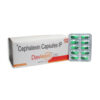
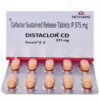
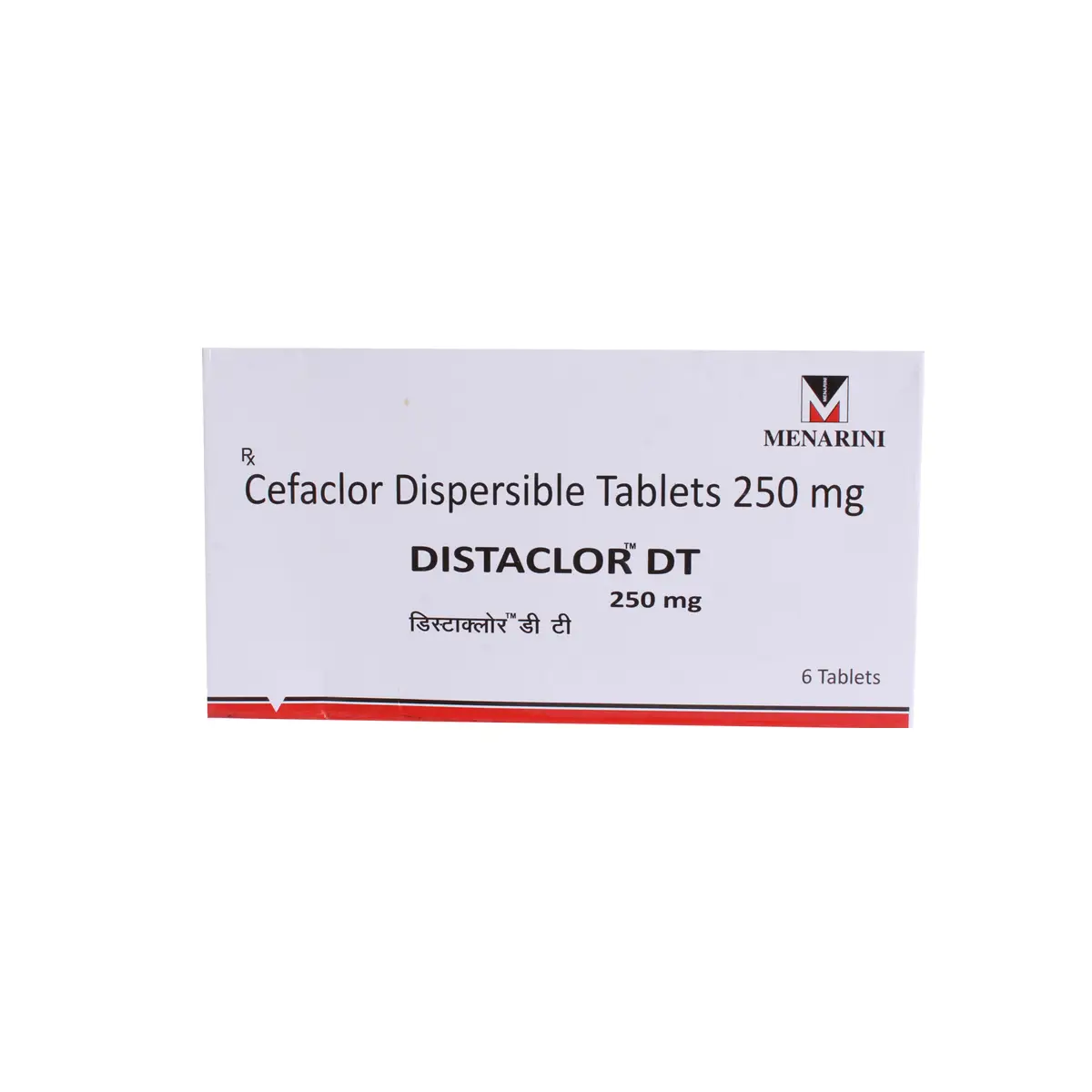
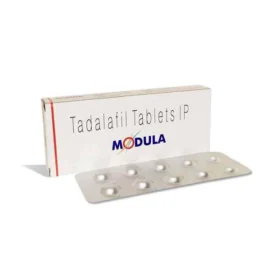
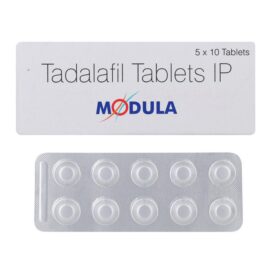
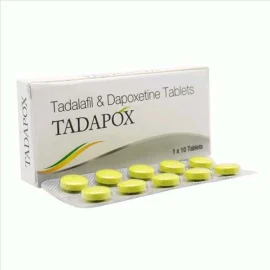
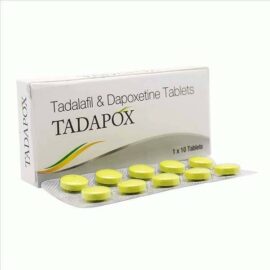


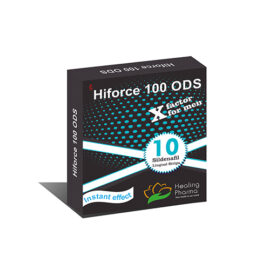
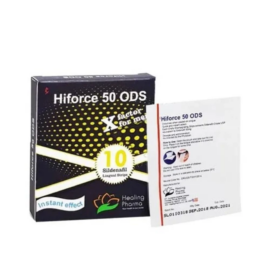

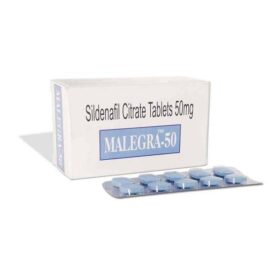
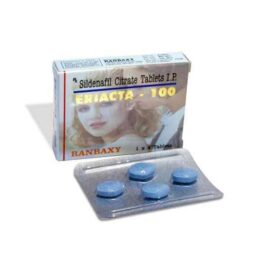
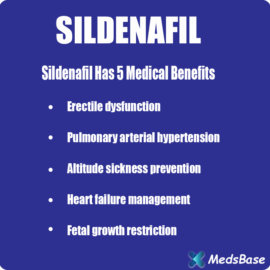
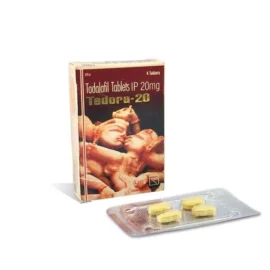
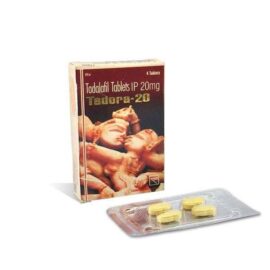
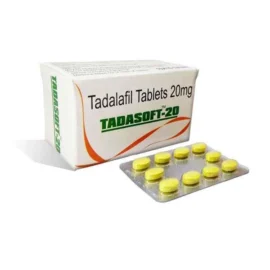
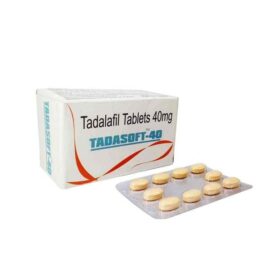
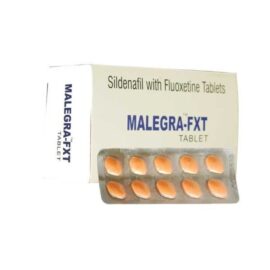
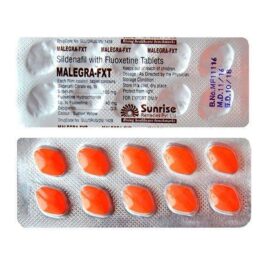
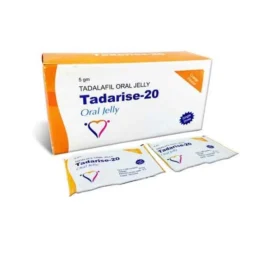
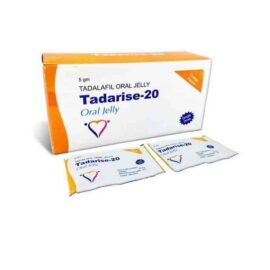

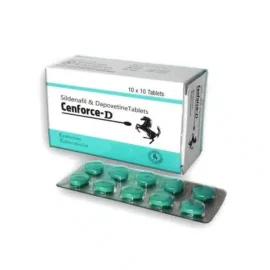


Reviews
There are no reviews yet